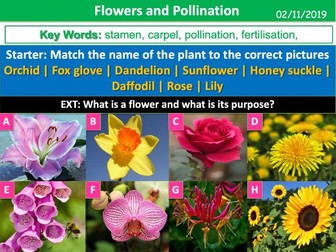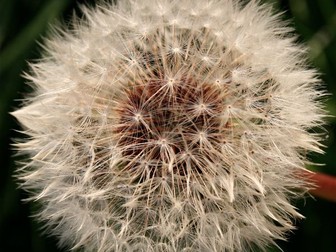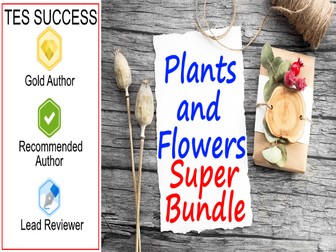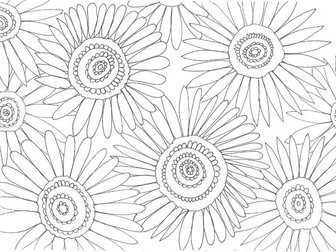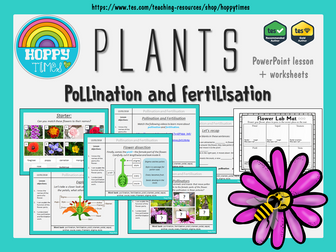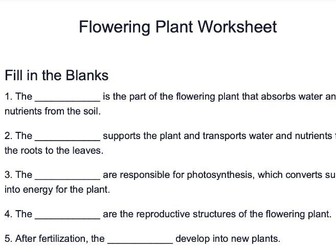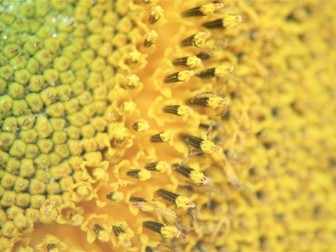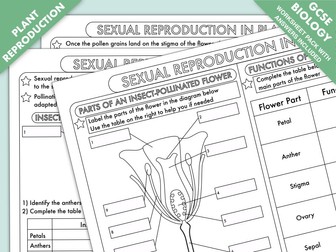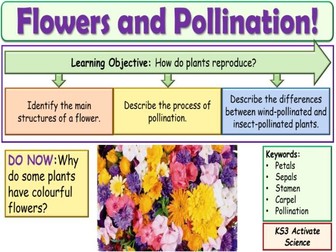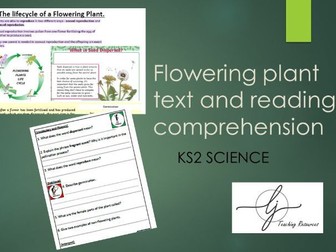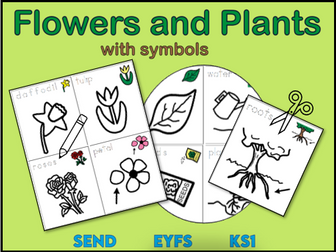
Flowers and Pollination
KS3 new for the Activate 1 resource ‘Reproduction’ unit.
Full lesson ready to use straight ‘out of the box’.
Similar structure to my other power points following the input - activity - review phasing
plenary sections for progress checking
Clear learning objectives and outcomes
Modern and engaging layout
Little adaptation needed
Please give constructive feedback :D
